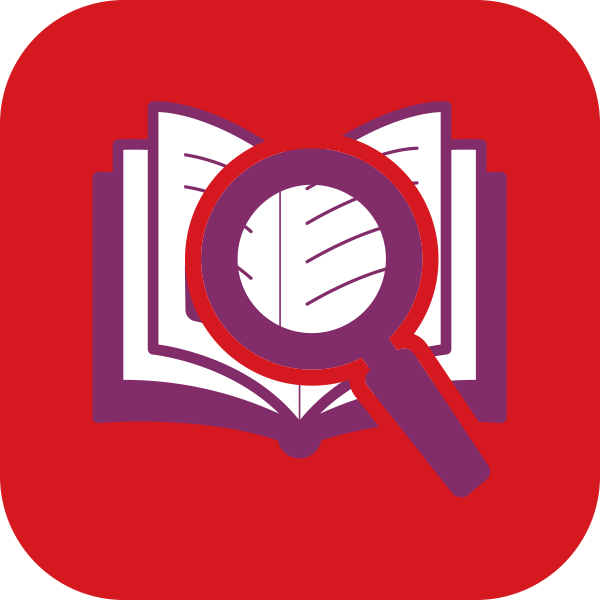Cadmus Inclusive is a SEND and pupil wellbeing advisory service in Walsall which provides a holistic range of support to educational settings to help them meet the needs of vulnerable learners. Beccie Hawes, Head of Service, discusses how they have been using YARC for in-depth analysis of pupils’ reading abilities to identify specific gaps.
Reading is a vital tool for accessing the curriculum. Arguably, if the skills of decoding and comprehending written text aren’t secure and executed at an appropriate pace in a busy classroom, learning content can often be inaccessible. Reading is tricky – it isn’t just about looking and saying the words on the page.
There is so much more to it – for example: maintaining attention, tracking with your eyes from left to right, knowing the difference between letters, words and illustrations... I could go on! Often, our service meets many young people who ‘have trouble with reading’. Teachers raise their concerns usually in the broadest sense of reading, and we then work to unpick just what the ‘trouble’ actually is, identifying strategies, resources, and approaches to move forwards.
This is where it is helpful to have an assessment tool that helps us to ‘delve deeper’ into the term ‘reading’ to precisely identify a young person’s reading strengths and the possible gaps in the many skills that reading comprises. According to the age of the pupil, our service uses all editions of GL Assessment’s York Assessment of Reading for Comprehension (YARC).
Not only does YARC give us an idea of what the pupil can do so that we can identify strengths to capitalise on, but it also helps us to take a more forensic approach – as the assessment is designed to uncover gaps in rate and specific comprehension skills, as well as accuracy. YARC also allows us to compare performance with single word and passage reading so we can gain a feel for how the reader tackles a text. Pinpointing need allows us to respond in a personalised way to our learners and guarantees progress.
The initial knowledge gained from a group screener is useful as a starting point, but sometimes more significant questions remain when learners have specific reading needs. The answer here is to mind the gap! By delving deeper, we can identify the specific gaps which often are rooted in an unsecured early reading skill.
It is important to reflect in a qualitative way about the quantitative data that you collect. For example:
- What early reading skills are in place?
- What reading strategies is the pupil using?
- How does the reading sound? Can the learner read aloud fluently? OR where does the learner struggle when reading aloud?
- Do they read words effectively in a piece of text as opposed to in isolation?
- What do we know about the pupil’s receptive language level, and does this impact upon their comprehension?
- Which specific skills gaps need filling – for example: phonological awareness or making inferences?
- What impact will their strengths and ‘gaps’ impact learning in a fast paced classroom?
It can be challenging for older pupils to address reading gaps, as many of them already have several negative perceptions about reading backed up by years of repetitive reading-based traffic jams. This can include a sense that they have already failed at reading, so disengagement prevails. Why would you want to continue doing something that you find difficult and doesn’t feel fun?
Teachers are faced with the difficulties of not only teaching complex subject specific knowledge and skills but also ensuring that their pupils have the basic essential reading skills to access all of this with limited resources, time and specialist knowledge of how to teach reading.
So, what do we do?
The answer is complex, but here are a few ways to start minding the gaps:
- Look beyond the assessment data to identify exactly what the gap is and then don’t be afraid to go back to the beginning to address early reading skills if that is what’s needed. You’ll build a firm foundation to lift off from.
- Research early reading skills and offer opportunities to develop, rehearse and apply them across the curriculum.
- Find the right materials. What do your pupils want to read? Does it always have to be a book? What motivates them?
- Find the ‘feel good factor’. Keep reminding pupils what they can do and capitalise on that.
- Focus on rehearsing targeted words your pupils need for your subject.
- Make the invisible visible. Think aloud as you read so that the pupils can hear the thought processes behind your early reading skills.
- Target one particular skill at a time. What will be the best pay off so that success comes quickly?
To learn to read, you need to read. As Dr. Seuss so eloquently puts it:
“The more that you read, the more things that you will know. The more that you learn the more places you will go.” By minding the reading gap, your pupils are sure to enjoy their reading journey!
Cadmus Inclusive is one of our Centres of Assessment Excellence


